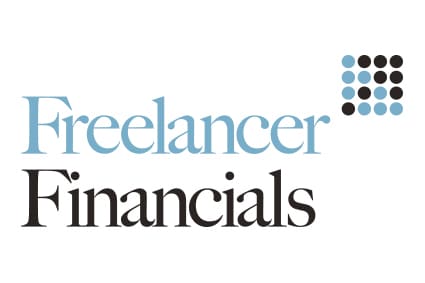Minimise the risk of late payment by following these simple steps
Like any small business or sole trader, most IT contractors are acutely aware of the importance of on-time payments to a healthy cash flow. But unfortunately, late payment occurs often. And according to recent research from Sage, more than 10% of invoices issued by SMEs globally are paid late or written off completely. Even a few tardy clients can be enough to send a freelancer’s finances into the red. So how can contractors effectively manage the process while protecting the relationship with the client?
Is there a way to reduce late payment?
Short of making every single client pay you upfront, it’s difficult to eliminate late payments completely. That said, there are some steps you can take to nudge your clients in the right direction.
Make sure your invoices:
- Are well-formatted and typo-free
- Meet legal requirements
- Cover all the information your clients need, including:
- The word “invoice” and a unique invoice number
- Description of IT services delivered
- Hours/days spent
- Your bank/payment details
- The client’s details
- A breakdown of your fee, including VAT (if applicable)
- VAT registration and PO numbers (if applicable)
In order to minimise invoice errors and late payments, consider investing in billing software that generates automated invoices to allow your clients to pay you directly online. This can save time on unnecessary paperwork.
When a payment is late
It can be tempting to launch straight into chasing a customer when a payment is overdue, but it’s generally a good idea to think of the following first.
Are there mitigating circumstances?
There could be all sorts of reasons why the payment is late, so give your customer the benefit of the doubt and take a soft approach to start with at least. Especially if you want to continue doing business with them going forward.
Are your invoice details accurate?
If your invoice contains typos or incorrect information, this could be the reason it has been held up. It could also cause disputes and additional delays if it isn’t addressed before you start chasing, so make sure you double and triple-check it.
Have you got a paper trail?
If you’re unable to resolve a payment dispute directly with a customer and end up having to take them to court, you’ll have to show that you followed a fair process. As such, it’s important to have a paper trail of your correspondence with the client and what was agreed.
When it’s time to chase a late payment
Your client has to pay you within 30 days of receiving your invoice or IT services, unless you’ve agreed on other payment terms with them.
If you find yourself in a situation where you need to chase an unpaid invoice, make sure you are reasonable and diligent in your approach.
2 days after the payment due date:
- Send a friendly email reminder
- Make sure you’re reaching out to the right person
- Check that they received your original invoice
- Attaching a copy of the invoice
7 days after the first reminder:
- Send a polite second email reminder
- Ask if there’s any reason the invoice hasn’t been paid
24 hours after the second email:
- Make a friendly call to the client
- Ask them if they received your email reminders
- Confirm with them when they plan to make the payment
- After the call email the client a summary of what was said
7 days after the initial phone call:
- Call the client again
- Ask why the payment is still outstanding and when you’ll receive it
- Stay calm and reasonable throughout
- Send the client a call summary via email afterwards
7 days after your second phone call:
- Send your client a formal letter
- Outline any interest and late payment fees that will be applied
14 days after your formal letter:
- Send a solicitor’s warning letter or a second formal letter from yourself
- Tell the client that you will take legal action if you’re not paid within seven days
- Use a signed-for delivery service
Alternatively, you could consider purchasing invoicing software which allows you to schedule invoices in advance so that they are automatically generated and sent out on a specific date, letting your clients pay you directly online. You can also set up automated helpful reminders for customers who haven’t finalised the payment.
Debt recovery action
If you’ve tried to deal with the client fairly, giving them plenty of options to engage with you, and they still haven’t paid the invoice, there are three debt recovery options to consider:
1. Mediation
2. Statutory demand
3. Court action
It’s usually a good idea to look into mediation in the first instance. It’s likely to cost you less than legal action, and could potentially help repair your relationship with the client.
Want to find out more? Have a look at Sage’s guide to following up on unpaid invoices while staying on good terms with your clients.






Leave a Reply